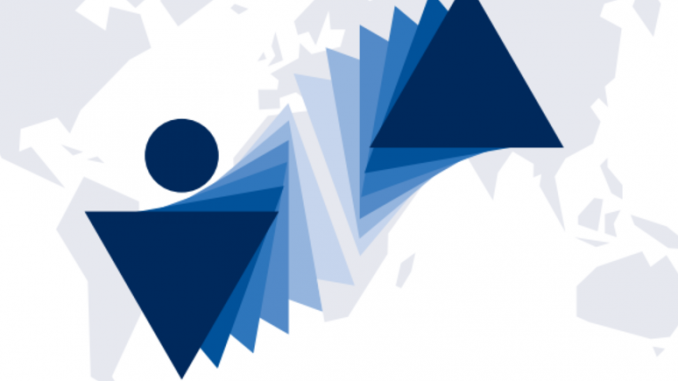
By Indivjal Dhasmana
India’s gender gap stagnates, wage parity improves
New Delhi: India made no improvement in the overall gender gap ranking by the World Economic Forum (WEF) in 2018, compared to 2017. It stood at a low 108 out of the 149 countries in 2018, the same as in 2017.
“India maintains a stable ranking this year, but its gap is directionally larger this year, with a 33 per cent gap yet to be bridged,” says the report, titled Measuring the Global Gender Gap.
India ranked lower on all segments – economic participation and opportunity, educational attainment, health and survival ranking, and political empowerment. “It (India) needs to make improvements across the board, from women’s participation to getting more women into senior and professional roles,” the WEF said.
The country continues to rank third-lowest in the world on health and survival. It remained the world’s least-improved country on this sub-index over the past decade. In fact, its ranking slipped to 147 on this segment in 2018, from 141 in the previous year. Only two countries were below India on this ranking — Armenia at 148 and China at 149.
Neighbouring Sri Lanka stood at the top position on the health and survival category. India’s ranking on political empowerment came down to 19 in 2018, from 15 in the previous year. The country has closed nearly 40 per cent of its gender gap on this sub-index. On political empowerment, one country — Bangladesh — has reached a level of gender parity of more than 50 per cent among South Asia. The region’s remaining countries are yet to achieve a gender parity level of at least 20 per cent.

It is worth noting that, from a low base, South Asia has made the fastest progress on closing its gender gap of any world region over the past decade.
Meanwhile, the country also recorded improvements in wage equality for similar work, succeeds in fully closing its tertiary education gender gap for the first time, and keeps primary and secondary education gaps closed for the third year running.
Interestingly, India has the second-largest artificial intelligence (AI) workforce, but one of the largest AI gender gaps, with only 22 per cent of roles filled by women.
According to the report, the world has closed 68 per cent of its gender gap and at the current rate of change, it will take 108 years to close the overall gender gap and 202 years to bring about parity in the workplace.
South Asia was the second-lowest ranking region in the index, with only 65 per cent of its gender gap now closed. India is slightly ahead of the regional average, having closed 66 per cent.
The global list was topped by Iceland, having closed more than 85.8 per cent of its overall gender gap. Iceland holds the top spot in the index for the 10th consecutive year.
Nordic countries Norway (2nd, 83.5 per cent), Sweden (3rd, 82.2 per cent), and Finland (4th, 82.1 per cent) dominated the top slots.
Other countries in the top 10 include Nicaragua (5th, 80.9 per cent), Rwanda (6th, 80.4 per cent), New Zealand (7th, 80.1 per cent), the Philippines (8th, 79.9 per cent), Ireland (9th, 79.6 per cent), and Namibia (10th, 78.9 per cent).
“The economies that will succeed in the fourth industrial revolution will be those that are best able to harness all their available talent. Proactive measures that support gender parity and social inclusion and address historical imbalances are therefore essential for the health of the global economy as well as for the good of society as a whole,” said Klaus Schwab, founder and executive chairman of the WEF.
Source: Business Standard

Leave a Reply